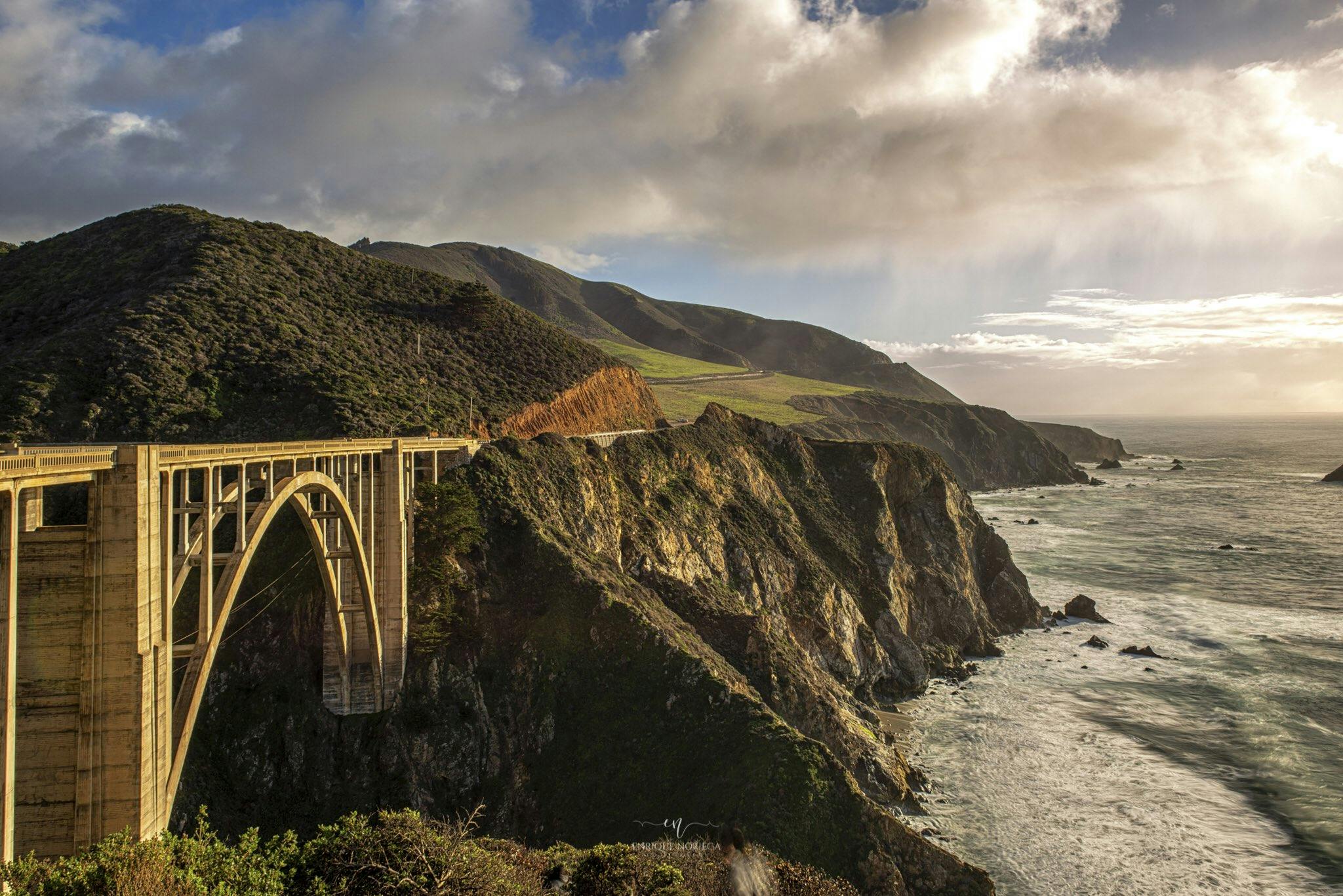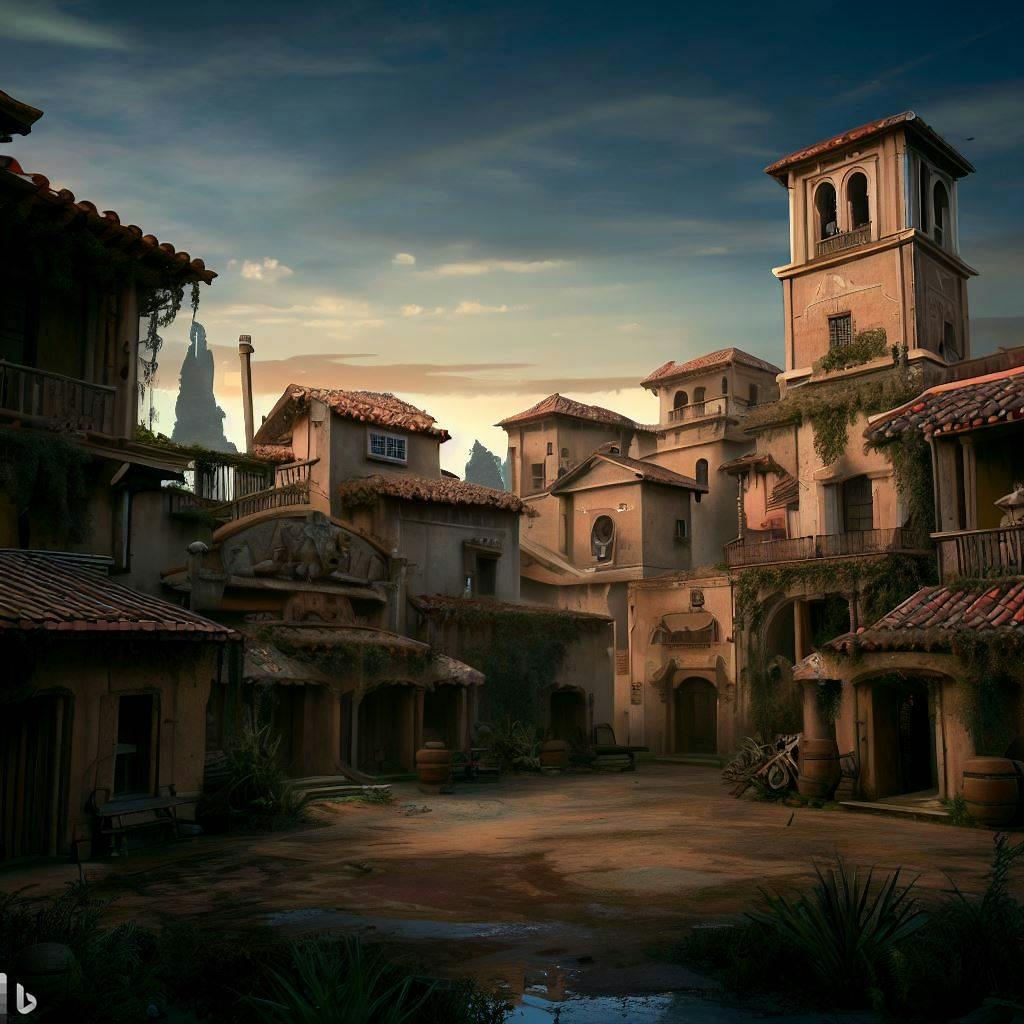Exploring the Unique Streets and Canals of Venice

Venice, Italy is an enchanting city known for its maze-like system of canals, bridges, and historic architecture. The streets of Venice, often narrow and winding, contribute to the city's unique charm. Here's a brief overview:
1. Canals as Streets
The most distinctive feature of Venice is its canals, which serve as its primary thoroughfares. The Grand Canal is the most famous, snaking its way through the city and lined with palatial buildings and landmarks.
2. Gondolas and Vaporettos
Due to the city's unique structure, transportation in Venice is unlike anywhere else in the world. While gondolas are iconic and are mostly used by tourists for short rides or romantic excursions, the vaporetto (water buses) are the primary means of public transport.
3. Walking Lanes
Apart from the canals, Venice's "streets" are mostly pedestrian pathways, alleys, and small squares (campi). These paths wind through neighborhoods, over small bridges, and often lead to unexpected courtyards or vistas.
4. Piazza San Marco
This is the primary public square in Venice and is surrounded by landmarks like the Basilica di San Marco, the Campanile, and the Doge's Palace. The area is often bustling with tourists.
5. Rialto Bridge
This is one of the most iconic bridges in Venice, spanning the Grand Canal and connecting the city's two primary districts. Nearby, the Rialto Market has been a hub of commerce for centuries.
6. Calle
The term calle refers to streets in Venice. They vary in size, but many are quite narrow, enclosed by tall buildings on both sides. It's not unusual to get a feeling of stepping back in time as you wander these ancient pathways.
7. Strada Nova
This is one of the wider and busier streets in Venice, leading from the train station to the Rialto area. It's lined with shops, restaurants, and boutiques.
8. Fondamenta
These are streets that run alongside the canals. They offer beautiful views and are often lined with buildings that have direct access to the water.
9. Bridges
Venice has over 400 bridges. The smaller ones, often made of stone with arched designs, are integral to navigating the city on foot.
10. Historic Significance
Many of the streets and buildings in Venice date back centuries, and the city is rich in history and art. The design of the streets and the positioning of the buildings are influenced by various historical, social, and environmental factors.
Walking through the streets of Venice can feel like navigating a living museum, where every corner and alley has a story to tell. The unique blend of waterways and pathways, combined with the city's rich history, makes Venice an unforgettable destination.









